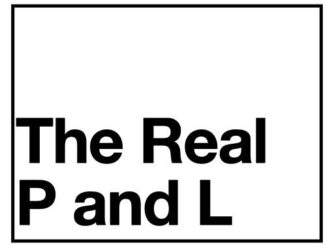I’ve heard the term “Web 3.0” thrown around with the rise of popularity of cryptocurrencies and NFT’s. In order to understand what Web 3.0 is, we first need to understand Web 1.0 and Web 2.0.
The Internet
Before we can understand Web 1.0, the technology needs to be set up in order for websites to exist. The time period of “The Internet” exists between the 1960’s and 1970’s and lasts until the early 1990’s. This is the time period when the wiring and protocols of how computers communicate with each other was defined. This laid the groundwork for what we know as the internet today.
The internet was only initially used for academic and military purposes. You needed to be in a niche group to use the internet before the 1990’s. During the 90’s is when commercial applications became popularized and led to the creation of the web.
Web 1.0
This is when everyday people started to log onto computers and websites for the first time. There is no exact time frame of what constitutes Web 1.0, but it’s generally accepted that this is from the 1990’s to early to mid 2000’s.
There are some key characteristics that define Web 1.0. This was the age of the internet that was primary read-only. A user would read information from one webpage and then they might be hyperlinked to another page.
Most of the content was static during this time. Simple text and images on a web page. There was limited interaction from the person on the webpage and the information they saw on the page.
Web 2.0
The defining characteristic of Web 2.0 is the ability for users to interact. This is the period we are in currently. Starting in the mid 2000’s, this is when users were able to create and interact with what they are seeing on the internet.
The rise of social media is a key component of Web 2.0. Users had the ability to comment, share, and interact with the content they saw. Most importantly, platforms like YouTube, Facebook, Twitter, etc. created a place for everyday users to create.
Another important factor of Web 2.0 is the monetization model. Tech companies have two main ways to monetize; advertising to an active user base and selling the collected data. Either way, there are central players that house valuable data.
Web 3.0
The goal of Web 3.0 is to break away from the centralized Web 2.0 model and create a decentralized platform. Instead of having central players like Amazon, Google, and Facebook facilitating interactions, there are direct connections between endpoints.
Rather than deploying applications to a server, Web 3.0 applications will run on “blockchains, decentralized networks of many peer-to-peer nodes (servers), or a combination of the two that forms a crypto economic protocol.”
According to Juan Benet, there are three goals for Web 3.0:
- Trustless infrastructure
- Removing intermediaries
- Giving users power and ownership over their data, identity, security, and transactions
Cryptocurrencies are a financial incentive for participants in a decentralized network. Instead of a company paying AWS for cloud computing, payment would go to another participant in the decentralized system.
There are also a couple of good use cases comparing Web 2.0 to Web 3.0 from the Ethereum network.
Peace and Love.
